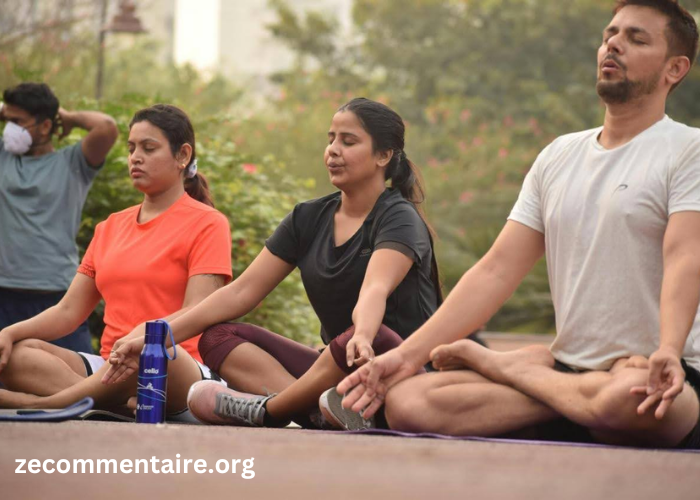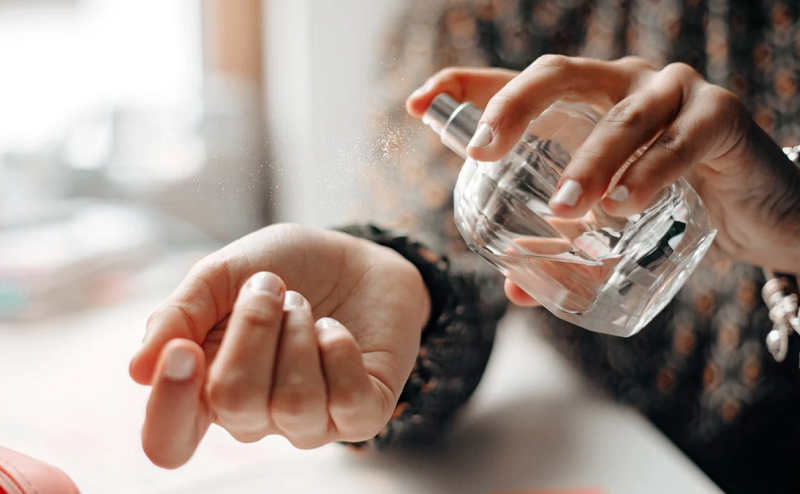Recovery from addiction can be a challenging journey. It often requires support, understanding, and the right set of activities. It is important to keep individuals motivated and mindful.
Recovery group activities play a crucial role in this process. It helps participants build a sense of community. This way, they can also develop coping strategies, and cultivate personal growth.
In this article, we will explore the benefits of recovery group activities and how they can aid in the journey towards sobriety.
1. Guided Meditation
Guided meditation can help individuals relax and focus their minds. In a group setting, a facilitator can lead participants through a series of calming exercises. This helps them breathe deeply and clear their minds.
This practice can reduce stress and increase self-awareness, making it a valuable tool in addiction recovery. Addiction treatment programs can help individuals learn to manage cravings and reduce anxiety. This promotes a healthier, more balanced lifestyle.
2. Art Therapy
Art therapy allows individuals to express themselves creatively, which can be incredibly therapeutic. Participants might paint, draw, or sculpt, using their artistic projects. This helps them explore emotions and experiences related to addiction and recovery journey.
The process of creating art can be very grounding. It can help individuals process difficult feelings in a non-verbal way. Sharing their art with the group can also foster a sense of connection and understanding among participants.
Art therapy encompasses a wide range of creative modalities. Each offers unique benefits and approaches to healing. Here are some common types of art therapies that can be integrated into addiction recovery programs:
Painting and Drawing
Painting and drawing are traditional forms of art therapy. It allows individuals to use colors, lines, and shapes to express their inner thoughts and emotions.
This form of therapy is easily accessible. It can be particularly useful for those who find it challenging to articulate their feelings verbally.
Sculpting and Ceramics
Sculpting with clay or other materials can be a deeply therapeutic experience. It engages both the mind and body. Sculpting lets people shape emotions and thoughts into tangible forms.
Collage Making
Collage-making involves assembling different materials to create a new, unified piece of art, such as:
- photographs
- magazine cutouts
- fabric
This method can be particularly effective for individuals who may feel overwhelmed by a blank canvas.
Digital Art
In the digital age, creating art doesn’t always require traditional tools like paintbrushes and canvases. Digital art therapy utilizes software and technology to create visual pieces. This can be particularly appealing to teens and young adults who are comfortable with digital devices.
Textile Arts
Textile arts utilize materials like fabric and yarn to create functional or decorative pieces. Some examples of activities are the following:
- knitting
- weaving
- sewing
These activities can be soothing and repetitive, which helps to reduce anxiety and promote mindfulness.
3. Group Discussions
Open and honest communication is fundamental in addiction recovery. Group discussions offer a safe space for individuals to share their stories, challenges, and successes.
These conversations can be guided by a facilitator. They ensure that everyone has a chance to speak. They also make sure that the dialogue remains supportive and non-judgmental.
Hearing others’ experiences can provide new insights and perspectives. This helps individuals feel less alone and more supported in their recovery journey.
4. Journaling Sessions
Writing down thoughts and feelings in a journal can be a powerful way to process emotions and track progress. In group journaling sessions, individuals are encouraged to write about the following:
- experiences
- goals
- reflections
Participants can then choose to share their entries with the group. This can spark meaningful discussions and provide mutual encouragement.
Journaling can help individuals articulate their emotions. It makes them more manageable and less overwhelming.
5. Mindfulness Exercises
Mindfulness exercises can help individuals stay present and aware of their thoughts and feelings. Some examples of these activities are the following:
- deep breathing
- body scans
- mindful walking
- guided imagery
- loving-kindness meditation
These exercises teach participants how to focus on the moment rather than getting caught up in past regrets or future worries. Practicing mindfulness can reduce stress. It also enhances emotional regulation
Moreover, it improves overall well-being. This way, it builds a sense of camaraderie as participants practice together.
6. Physical Activities
Engaging in physical activities can be incredibly beneficial for individuals in recovery. Some of these activities are the following:
- yoga
- hiking
- team sports
Physical exercise improves physical health. It also boosts mood and reduces stress.
7. Music Therapy
Music therapy uses the power of music to heal and inspire. In a group setting, participants might listen to soothing music, sing, or even play instruments together.
This can be a joyous and uplifting experience. It helps individuals express themselves and connect with others.
8. Role-Playing Scenarios
Role-playing scenarios can help individuals practice coping strategies and prepare for real-life situations. Group members can take turns acting out various scenarios related to triggers or high-risk situations. This practice can build confidence and resilience.
It teaches participants how to handle challenges in a supportive and controlled environment. It can also encourage empathy and understanding. This would enable them to see situations from different perspectives.
Here are some key benefits:
- practice and preparation
- enhancing communication skills
- empathy building
- identifying triggers
- safe exploration
- reinforcement of learning
9. Goal Setting Workshops
Setting and achieving goals are crucial components of recovery. In goal-setting workshops, individuals can identify personal objectives and create action plans to reach them. Building trust and connection among group members is critical for fostering a supportive and effective healing environment.
Here are some activities specifically designed to enhance trust and connection within recovery groups:
- trust-building exercises
- icebreaker activities
- teambuilding challenges
- storytelling circles
- group outings
- supportive feedback sessions
Fostering Healing Through Mindful Recovery Group Activities
Addiction recovery is a complex and ongoing process, but incorporating recovery group activities that promote mindfulness and personal growth can make a significant difference. Whether through meditation, creative expression, physical activity, or goal setting, these activities help individuals build resilience, develop healthy coping strategies, and foster a sense of community.
For more on this content, visit the rest of our blog!





